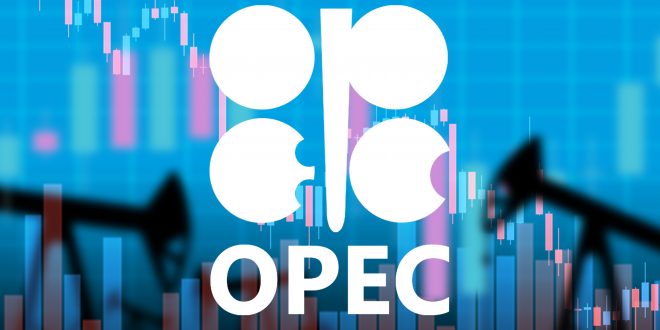While US WTI slid $3.29, or 3.69 percent, to $85.94 per barrel, Brent crude oil futures were down $3.30, or 3.63 percent. On Wednesday, October 4, oil plummeted by more than $3 a barrel as worries about macroeconomic headwinds’ impact on demand outweighed Saudi Arabia’s and Russia’s commitments to maintain output cuts until 2023.
The Organization of Petroleum Exporting Countries (OPEC)’s Joint Ministerial Monitoring Committee (JMMC) online meeting on Wednesday did not adjust the group’s output strategy.
While US WTI slid $3.29, or 3.69 percent, to $85.94 per barrel, Brent crude oil futures were down $3.30, or 3.63 percent. During the session, Brent traded at its lowest level since September 1 and hit an intraday low of $87.55 per barrel. The lowest intraday price for WTI since September 5 was $85.86.
Saudi Arabia and Russia declared that they would maintain the 1.3 million barrels per day (mbpd) oil supply restrictions through the end of the year. Prices have reached a 10-month high as a result of the production curbs, which were first announced by the two major oil producers in July, and the global economy is now under new inflationary pressure.
The price gain has subsequently levelled out, with Brent futures dropping to close to $90 amid indications that the surge in prices is pushing the US Fed to maintain higher interest rates for longer. Investors have consequently become more circumspect about their positions.
By balancing supply and demand, oil markets are moving in the “right direction,” according to Kuwait’s oil minister Saad Al Barrak on Wednesday, as reported by the country’s official news agency KUNA. Alexander Novak, the deputy prime minister of Russia, added that Saudi Arabia and Russia’s joint voluntary reduction have contributed to stabilizing oil markets.
The steps, according to OPEC statistics, may significantly reduce global market supply this quarter, potentially by more than 3 million barrels per day, the quickest rate in years.
Oil prices to be beneficial to some economies, they need to decline to levels of approximately $80 per barrel. According to Bloomberg, India, the third-largest oil consumer in the world frequently complains to oil-producing countries that crude is too expensive.
According to the Energy Information Administration (EIA), US countrywide crude stocks decreased by 2.2 million barrels to 414.1 million barrels in the week ending September 29, although stocks at Cushing, Oklahoma increased for the first time in eight weeks.
Goldman Sachs Group Inc. anticipates Saudi Arabia will increase supply in order to prevent oil prices from rising above $105 per barrel and perhaps depressing demand. High oil prices are expected to help the monarchy finance Vision 2030, Crown Prince Mohammed bin Salman’s ambitious plan to revamp the economy, lessen the kingdom’s reliance on oil, and generate jobs.

 Noor Trends News, Technical Analysis, Educational Tools and Recommendations
Noor Trends News, Technical Analysis, Educational Tools and Recommendations




